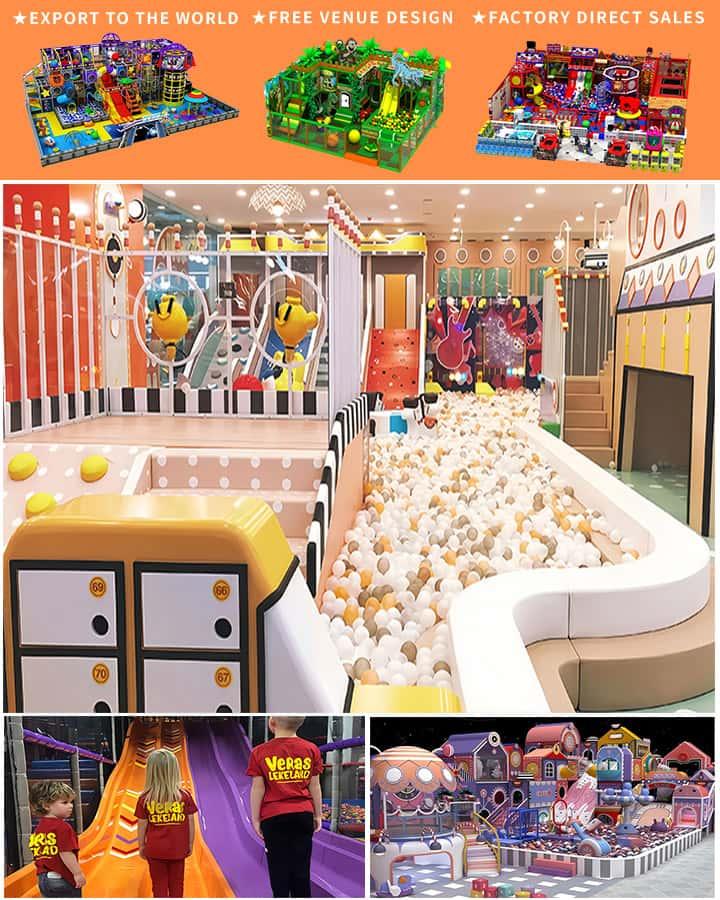Creating a captivating and safe indoor playground for children is a venture filled with excitement and numerous considerations. One of the most crucial aspects that potential buyers or operators need to understand is the pricing of various pieces of indoor playground equipment. This guide will delve into the different factors affecting the prices, offer insights into the types of equipment available, and provide tips on making informed purchasing decisions.
Factors Affecting Prices of Indoor Playground Equipment
Several variables influence the cost of children’s indoor playground equipment. Being aware of these can help you make smart financial choices:
- Material Quality: High-quality materials such as non-toxic, durable plastics or sustainably sourced wood typically come at a higher price but ensure longevity and safety.
- Size and Capacity: Larger equipment designed to accommodate more children simultaneously will generally be more expensive.
- Brand Reputation: Established brands known for their reliability and safety standards often charge premium prices.
- Complexity and Features: Equipment with intricate designs, interactive features, or multi-functional capabilities tend to have higher price tags.
- Customization Options: Tailored solutions based on your specific requirements may incur additional costs but are ideal for unique spaces and themes.

- Shipping and Installation Costs: Some equipment might be sold at a lower base price but include significant shipping or installation fees. Always factor in these additional costs when budgeting.
Common Types of Indoor Playground Equipment and Their Prices
Here’s an overview of typical indoor playground equipment and the ballpark prices you might encounter:
- Play Structures: Including climbing frames, slides, and bridges, these can range from \(500 to over \)5,000 depending on size and complexity.
- Trampolines: Indoor trampolines with safety enclosures can cost between \(200 and \)1,500 based on quality and size.
- Ball Pools and Interactive Games: Prices for ball pits start around \(100 and can go up to \)1,000 for custom setups. Interactive games can vary widely, from a few hundred dollars to several thousand.
- Soft Play Areas: These areas filled with foam shapes and soft mats typically start at \(700 and can exceed \)4,000 for larger setups.
- Ride-On Toys: Small ride-on options like rocking horses can be found for around \(100, while larger, motorized rides can cost up to \)2,000.
- Obstacle Courses: Customizable obstacle courses designed for indoor use can range from \(1,500 to \)10,000 or more, depending on the intricacy and size.
Tips for Buying Indoor Playground Equipment
- Assess Your Space: Know your indoor space dimensions and layout to choose equipment that fits perfectly without overwhelming the area.
- Focus on Safety Standards: Ensure all equipment meets local safety regulations and certifications to avoid future liabilities.
- Budget Wisely: Allocate your budget considering both upfront costs and long-term maintenance expenses. It’s often better to invest in higher-quality items initially than to replace cheaper ones frequently.
- Seek Professional Advice: Consult with playground designers or suppliers who can provide expert advice tailored to your specific needs and space constraints.
- Compare Multiple Quotes: Don’t settle for the first quote you receive. Comparing prices from different suppliers can help you find the best deal without compromising on quality.
Conclusion
Investing in indoor playground equipment is a significant decision that requires careful planning and budgeting. By understanding the factors influencing prices, exploring various types of equipment, and following practical purchasing tips, you can create an engaging, safe, and cost-effective play environment for children. Whether you’re setting up a commercial facility or a home play area, making informed choices ensures that the investment provides lasting joy and developmental benefits for years to come.




